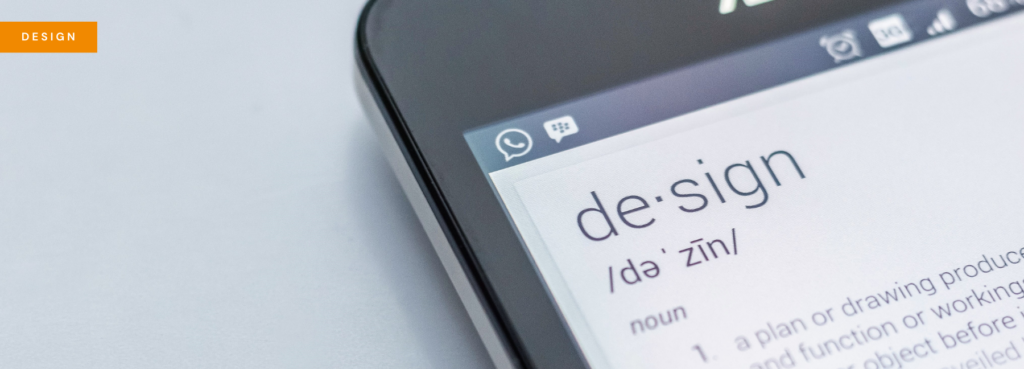How to find your design voice (and keep it)

There are many sources offering practical advice to graphic designers but there is more to good design than knowledge and technical skills. Masterful grid and finest type hierarchy can’t bring a book to life on their own. So where does that element of “magic” in design come from? Here are some my observations that I have made when designing, reading, collecting and making books.
Mediocrity is designer’s biggest enemy
Any designer who is any good can throw a stylish design concept together very quickly. But if you respond to design brief in a diligent manner, just trying to please your client, chances are that the outcome will be good and acceptable but not amazing. To create something surprising, relevant and well-designed is much harder. Building an intriguing type scheme takes more time than putting together usual font pairings.
It’s your book too
When you have designed books in a specific area, chances are that you’ll get more similar work coming in. It can be difficult to come up with new ideas within the same subject area. For instance, if you design how-to books, the structure tends to be similar: tutorials, projects, tips and lists. All the same elements, again and again. It would be easy to repeat yourself and just do what you’ve done before. After all, how do you find the inspiration to create something innovative, not-so-seen before in an area that you have seen before a number of times?
The trick is to make the subject “yours” somehow. If you are not immediately excited about the content, then find an angle that excites you. There’s always something – find it and build the design concept on that. Book publishing is a commercial affair and a collective effort, there’s the author, editors and commissioners. Designers (especially an external freelancer) can feel somewhat detached from the process. Feeling more involved does not necessarily mean going into more meetings: it’s being passionate about the book, taking graphic authorship of the work, having your own (visual) opinions.
Experiment!
Busy workflow does not leave much space for experimentation. Still, every designer needs a test-ground, to try out new ideas without the fear of failure. It can be difficult to to find time for your own side projects, but experimental work feeds your creativity. Personal projects also help to curate your practice. For instance if you dream about designing elegant art books but no-one has commissioned you to do that, you can show your interest and skills with a self-initiated project.
Content comes first
That indefinable “something” that separates great book design from average in my opinion comes from the initial approach to the project. Great design draws inspiration from the content and research, not design blogs or other people’s work. Conceptual designs look very different from those that only follow trends. Suddenly some features can become popular – mannerisms like narrow margins, thick outlines or loose kerning. These books tend to look outdated very quickly. Before diving into InDesign pages, it’s worth taking time to think about the content. How is the book written, is the tone formal or chatty? What are the images like, are they leading the the story? When content inspires design decisions, the result is timeless.
A little idealism goes a long way
The balance between pragmatism and idealism can be a struggle. It may seem impossible to become commercially successful and at the same time create meaningful work, with your own vision and voice as a designer. Some say idealism is naive, foolish, not commercially viable. Whether or not it’s wise to spend long hours on a commercial project with low-ish budget, is debatable. I believe that integrity pays off in the long run. It’s how you approach design, the choices you make, the things that matter to you. It’s worth reminding yourself from time to time why you fell in love with book design in the first place. Do your best work, every day.
Evelin Kasikov is a designer and artist. She has designed visual arts books for many publishers in the UK, and she also creates self initiated handmade artist books. http://evelinkasikov.com/





